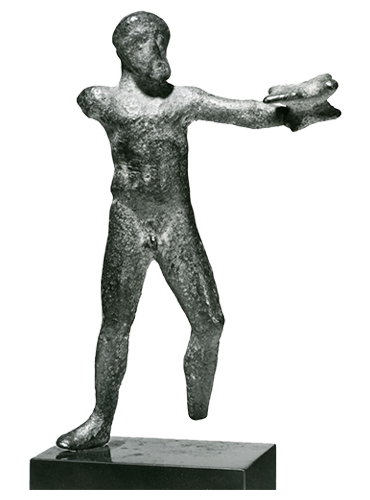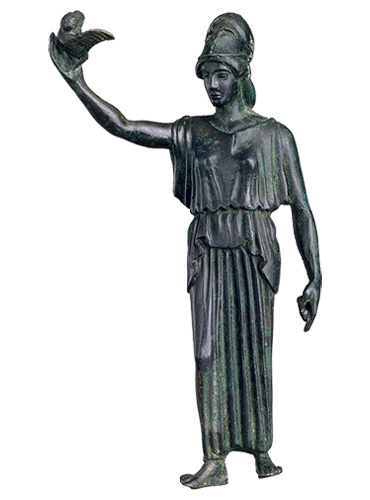Sacred Birds
In ancient Greece, birds of various kinds were common in Greek art and myth. The eagle was sacred to Zeus, the owl sacred to Athena and so forth. In addition to bringing ambrosia to Zeus, a “Dove with an Olive Branch was used as a symbol of Athene or renewed life.” It is then, not surprising that many of these winged deities in Greek mythology carried with them an inherent sense of importance. Without the technological advances in flight that societies enjoy today, travel through the skies was inaccessible to the peoples of ancient Greece. Additionally, without the knowledge of how flying creatures remain airborne, it is unsurprising that both birds and the mystery of flight were often associated with the gods. This is not to say that the ancient Greeks were unknowledgeable about flying creatures. On the contrary, in the myth of Daedalus and Icarus it is made clear that there was some study into the anatomy of birds’ wings.“ He began to arrange the feathers of birds in a certain order, putting the shortest first, and then the longer, so that it looked as if they had grown of themselves in increasing length.” These wings also served as a way to distinguish between important individuals, in a form not unlike hieratic scale.

(mid 5th century BCE)
Harvard Art Museum

(ca. 460 BCE)
The Metropolitan Museum of Art

(1st century BCE – 1st century CE)
The Metropolitan Museum of Art